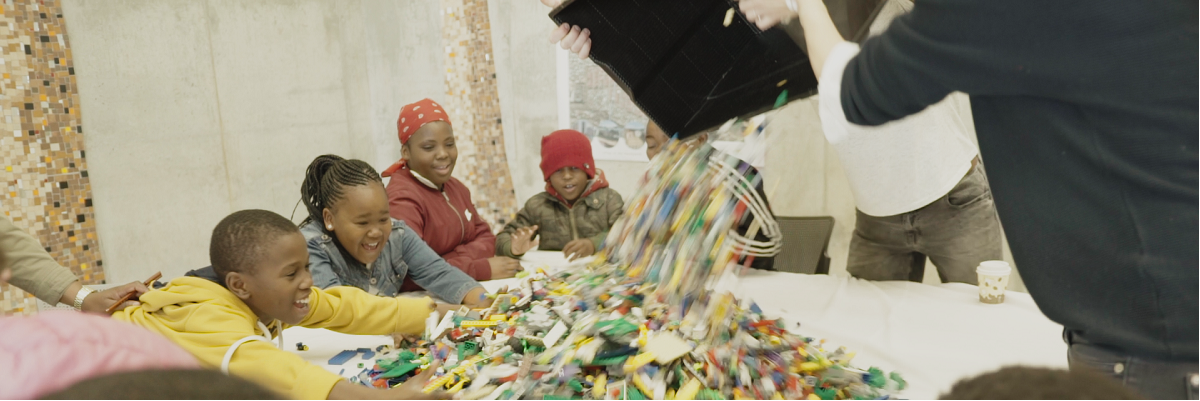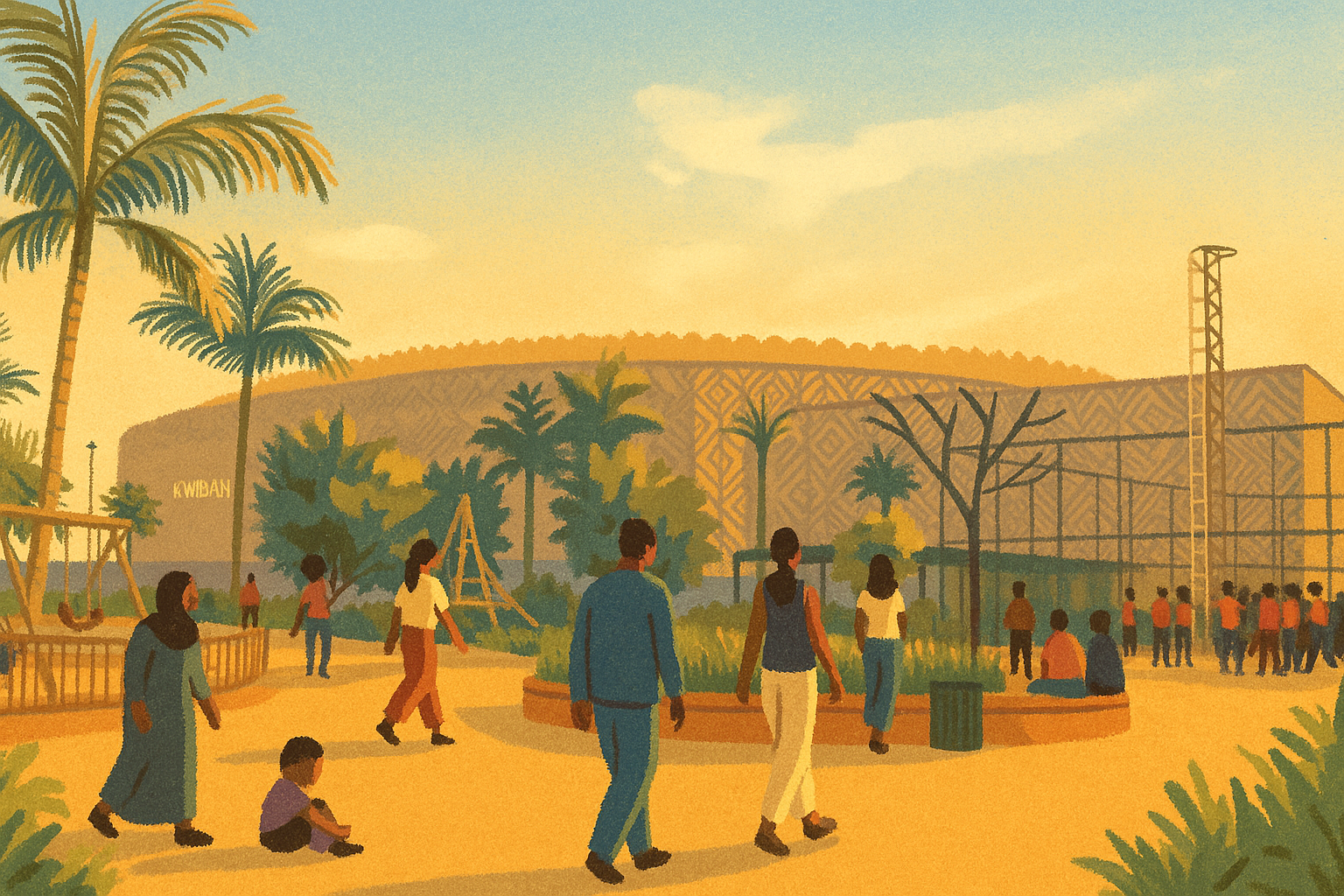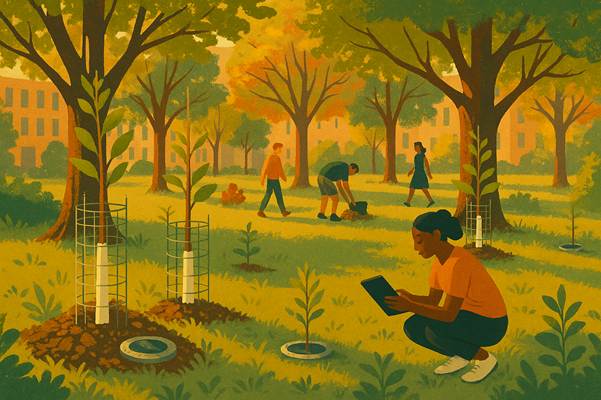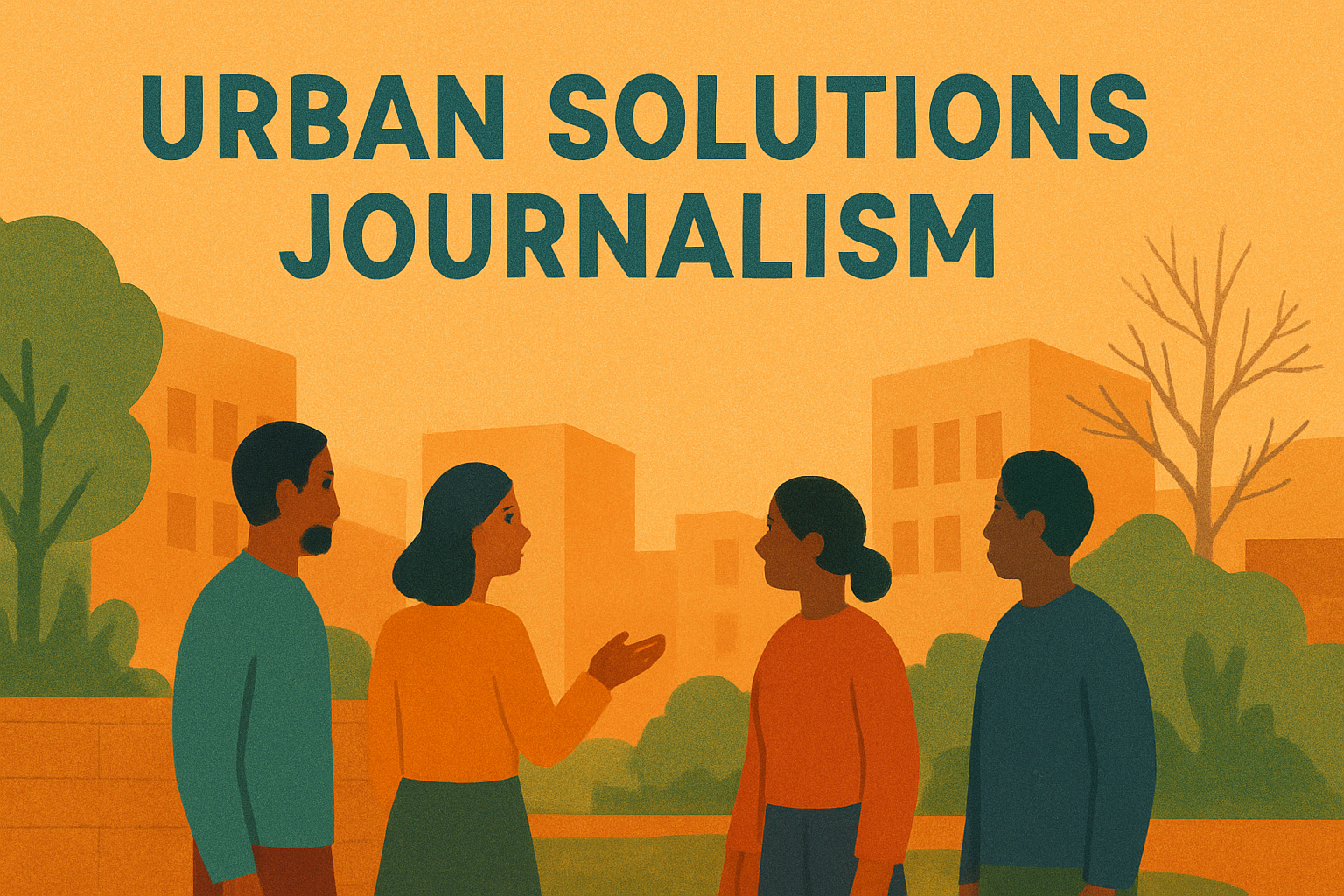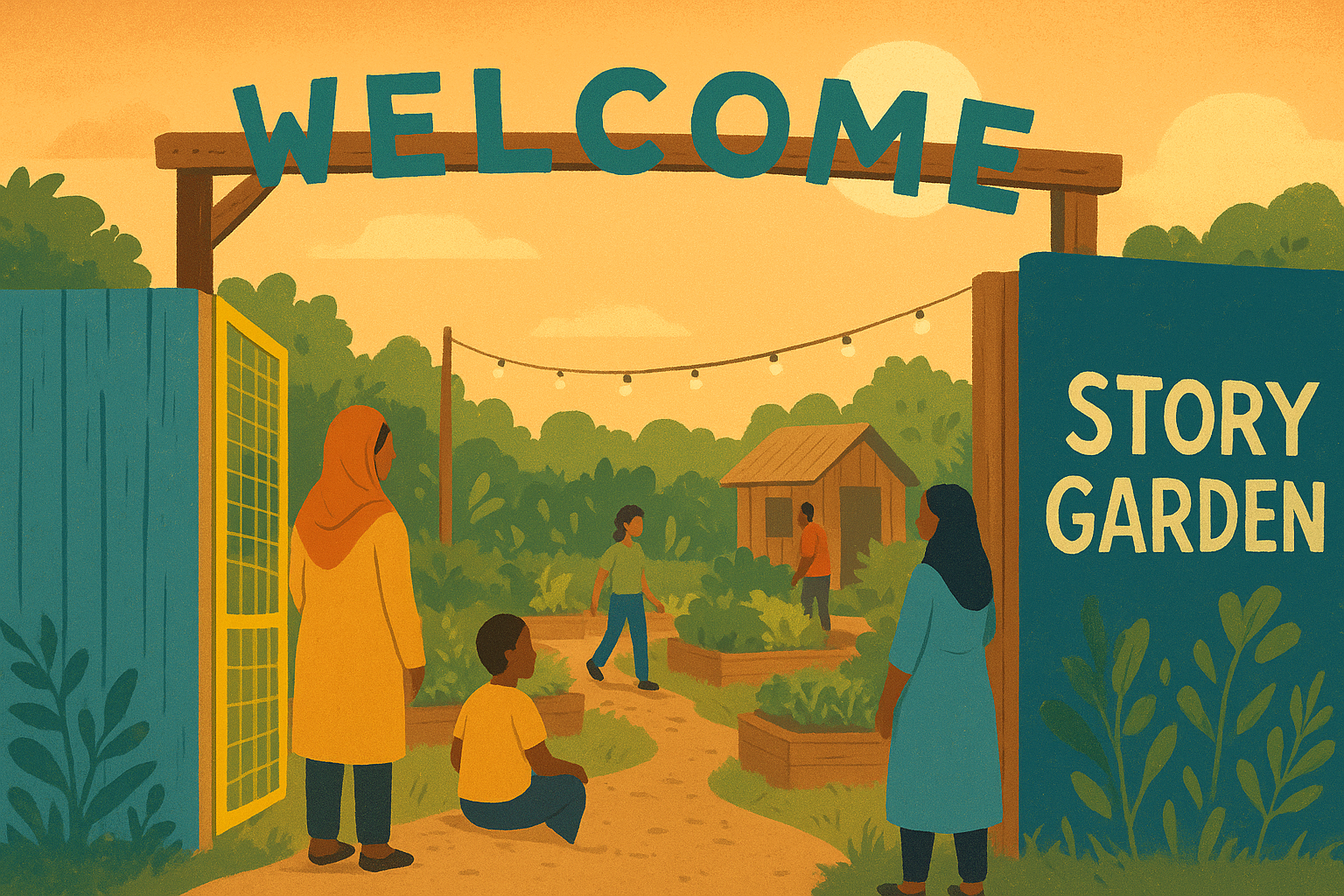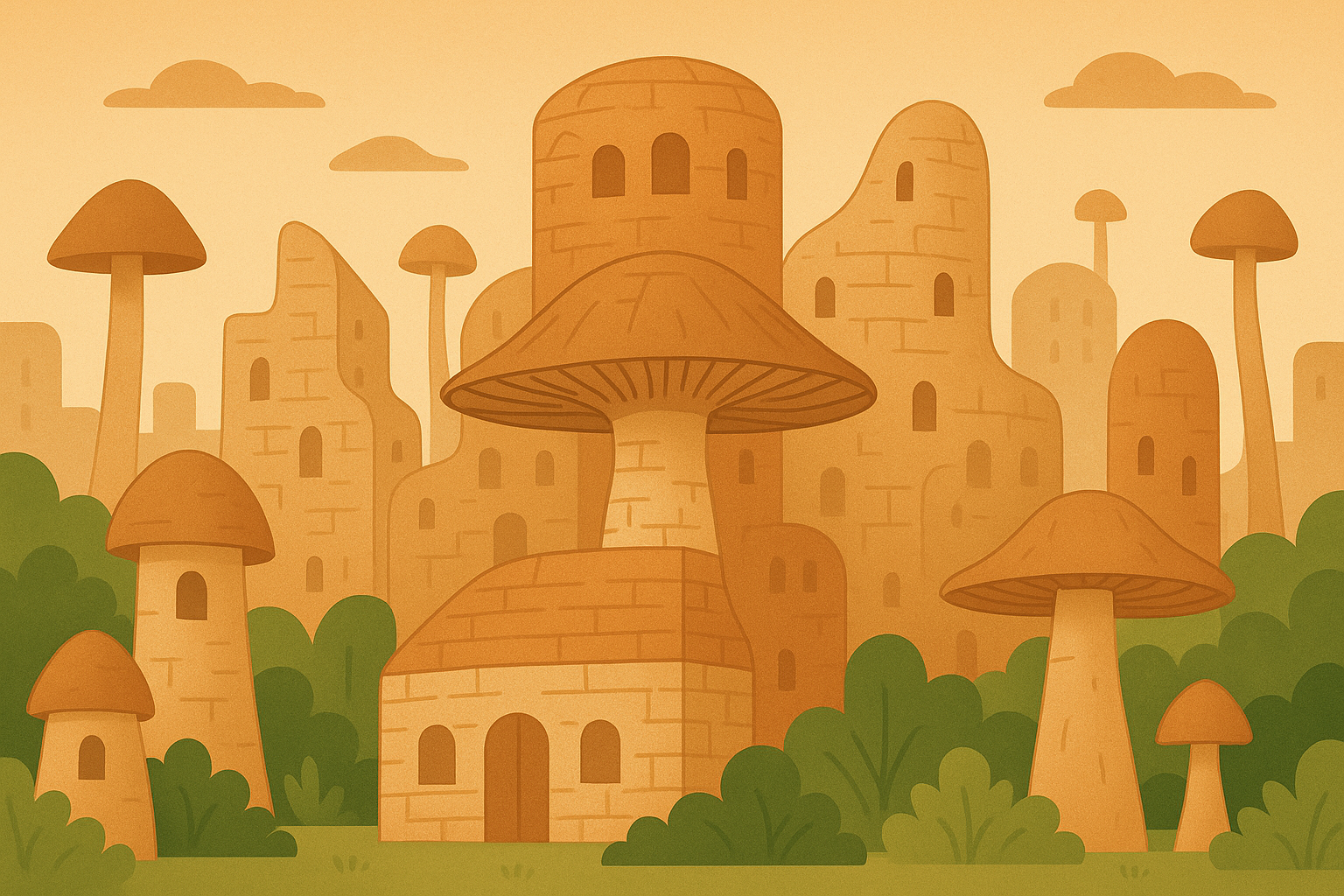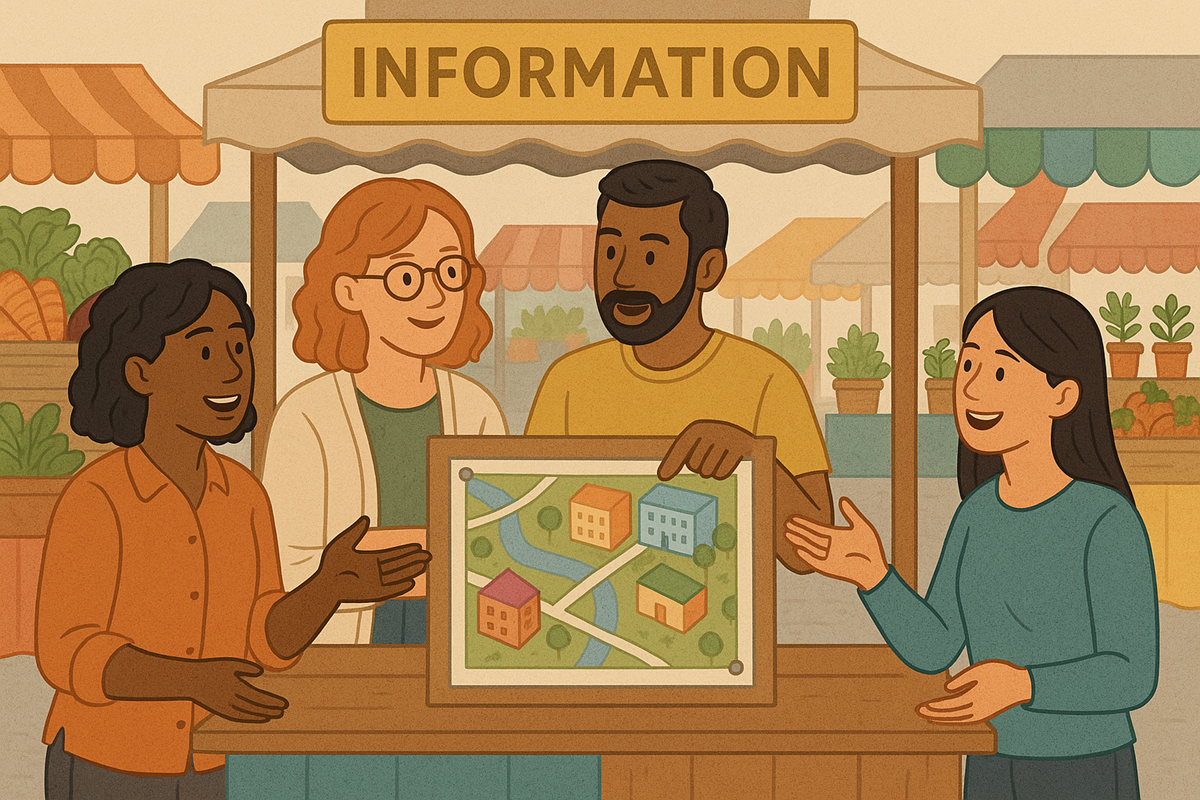During the World Urban Forum 10 in Abu Dhabi, I heard a fascinating presentation by Dr. Bo Stjerne Thomsen, Chair of Learning through Play in the LEGO Foundation. His insights are relevant not only for urban planners, but can also be applied to many other areas.
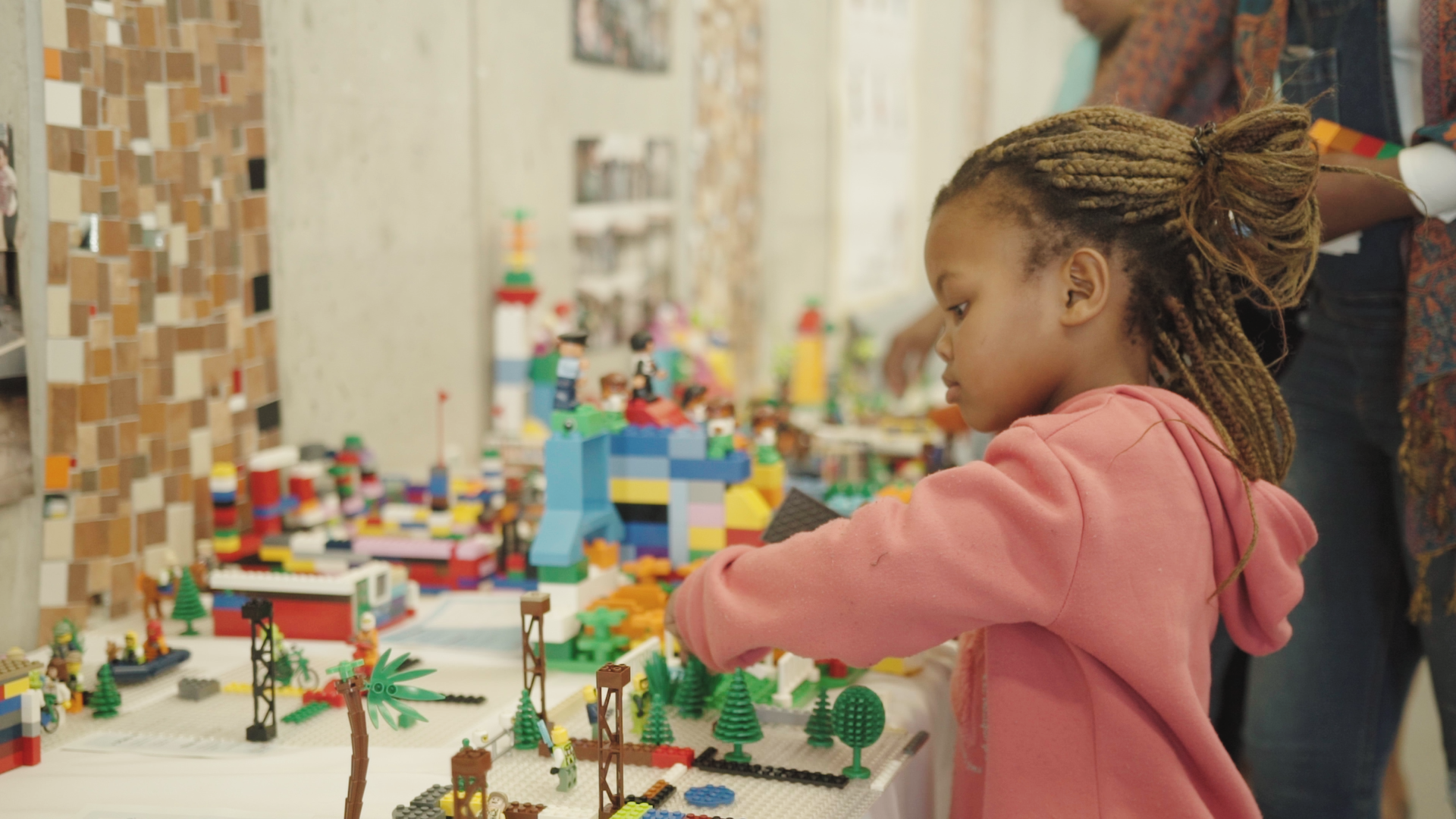
How can we use LEGO in urban planning with children and youth?
- The use of LEGO Bricks is first and foremost a participatory planning tool, which enables both children, youth and adults to physically construct and share their problems and ideas for the city.
- Over the past decades, LEGO bricks have been used as a) a medium to represent existing urban structures and historical monuments to incorporate them into new planning design, b) to enable individuals, in particular children, to build their observations in the city and shared their ideas for discussion with urban planners and decision-makers, and c) as a tool for very advanced urban planning processes, which include not only physical construction, but also digital simulations from the street level to the master plan (many examples here).
What role does creativity play in cities?
Creativity and cities are mutually linked.
- Cities are the context for creative production and industries. Research has shown that in the past, particular kinds of cities lead to a dramatic increase in creative production; for instance, the City of Florence in early 14th century where some of the finest architecture and art was produced. We know that this specific environment and mix of services attracted a particular kind of creativity institutions and industries.
- Creativity is also nurtured through specific environments. For instance, we know that children only spend between 20–25% in formal learning environments, and cities have an enormous potential to engage citizens and develop the future skills through public spaces, infrastructure/transportation, shopping centres and the like, to further increase the amount of quality interaction and stimulation a child and a family get.
How can we support and foster creativity?
- At the micro-level, creativity can be fostered in individuals through a creative process integration play. When children and adults are actively engaged in activities they enjoy and find meaningful, and when they are supported in the testing and trying out of things, then creativity is enhanced.
- At the macro-level, research shows that cities can support creativity by a) creating a sense of security and social support, including elements like mentorships, b) by establishing an atmosphere for learning and curiosity, for instance through sharing knowledge and enable urban labs, and c) by rewarding new ideas and celebrate efforts to test and try out new ways of designing creative spaces.
This is the reason why we have introduce the Urban Play Framework — to show the factors that need to be supported to increase creativity, play and learning.

What are the main challenges in working with children and youth through play?
The first challenge is a general skepticism that play may have no value to include children and youth. What we forget to realise is that children and youth have particular perspectives, which is useful not only for developing the city for them, but also to help enable a broader dialogue on how to make cities more playful and liveable.
The second challenge is that children and youth need to be engaged through specific types of facilitation depending on their age. For young children, one needs to mainly focus on them observing the city, sharing their perspectives and on listening to them. Older children and youth have particular skills not only in documenting the city, but also in co-creating specific solutions that enable more meaningful improvements for them and for others.
Across all the ages, the most important thing is to recognise children and youth as equal stakeholders. They can never be used as ‘tokens’ by only listening to them and then taking their ideas without discussing and sharing the applications.
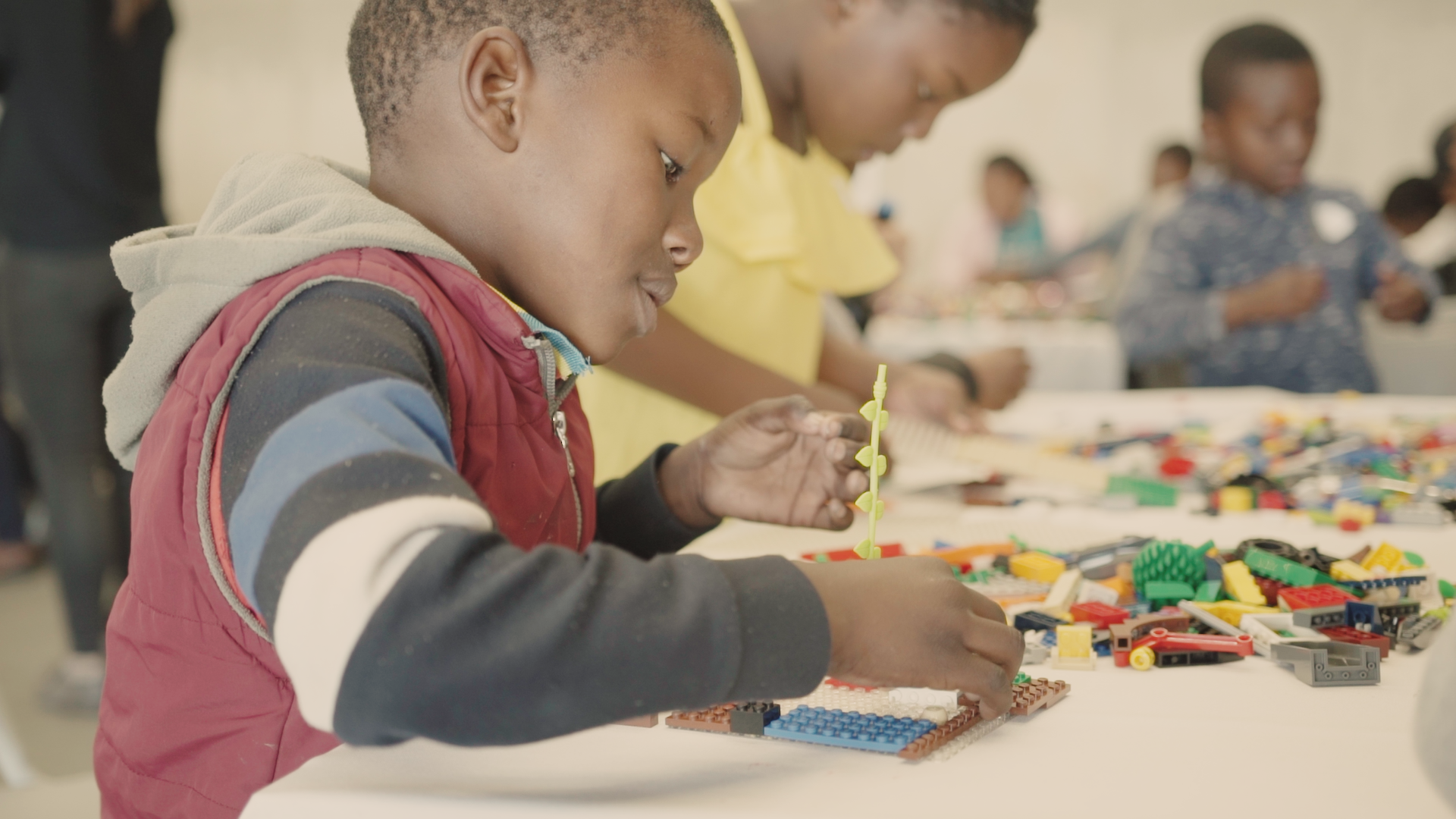
What lessons have you learned about educating children through play?
I have two particular examples.
- First, that when we engage children we actually get better cities. We designed a playground and open area near a school in Copenhagen together with the children, and I was stunned about the quality in the ideas and solutions implemented. The children had an in-depth understanding about not only the local open space, but also the people using the space and the connections to the rest of the city. They clearly understood the intention of the space, i.e. that some play required learning because it was near a school. We’ve also seen examples that when children build ideas for the improvement of an existing environment and are asked to discuss and nominate the most promising solutions, they actually prefer the most suitable and realistic ideas.
- Secondly, young people develop a much stronger ownership to the city through play. In the Capital of Children in Denmark, we’ve had ‘youth journalists’ for some years, who used a creative process to investigate the city needs, explore new ideas and transform them into meaningful solutions. But what was most interesting in my mind was that the young people created a much stronger identification and ownership to the city, when they were asked to study and create ideas. Active engagement and play lead to stronger ownership.
Do you have any takeaways from the conference and in particular from the session on Youth, Culture & Urbanism that you will apply to future work?
Generally, there is such an enormous amount of interest in the area of creativity, play and learning in cities right now, in particular enabled through new technologies and the upgrade of infrastructures. I was sincerely impressed by the number of cities and projects related to a much more positive and stimulating urban environment that are trying to replace the traditional dense urban infrastructures and traffic. What this tells me is that we actually do have the knowledge, solutions and the skills to change cities. We just need to get started implementing them.
In the Youth session in particular, it was fantastic to see how youth brings some very humble attitudes towards the challenges we have, but also commits and participates equally to find solutions. This is really what we need right now, — creating ideas and addressing solutions from a broad range of age groups and stakeholders.
Thank you very much!
Related:

